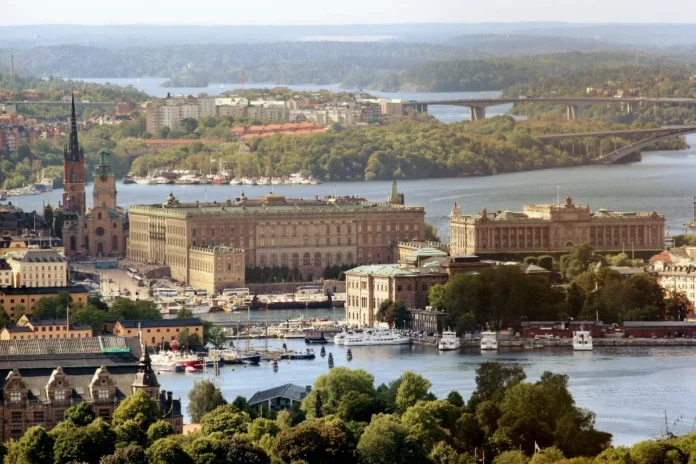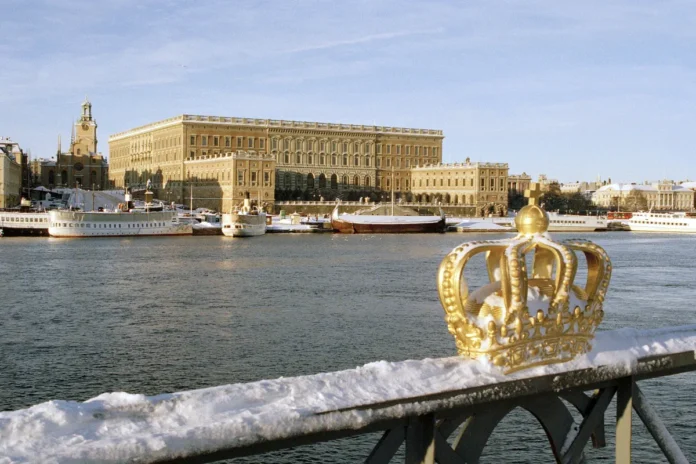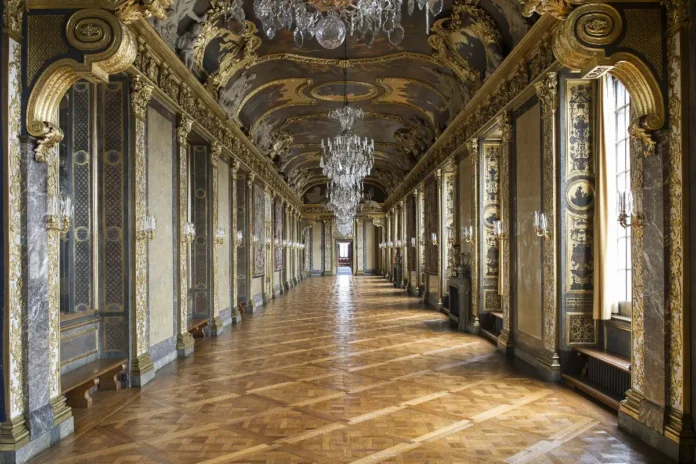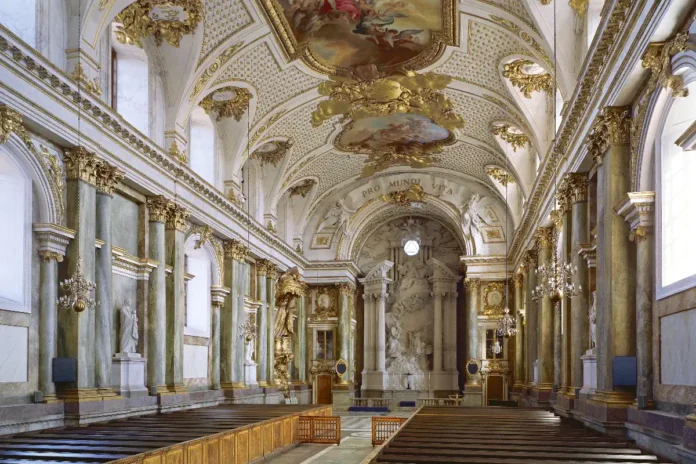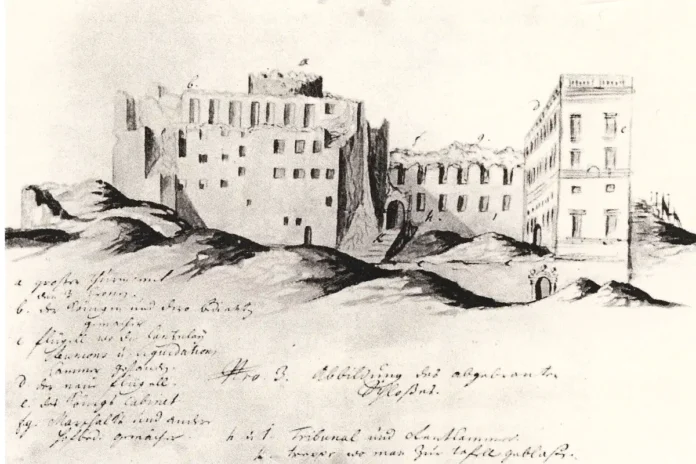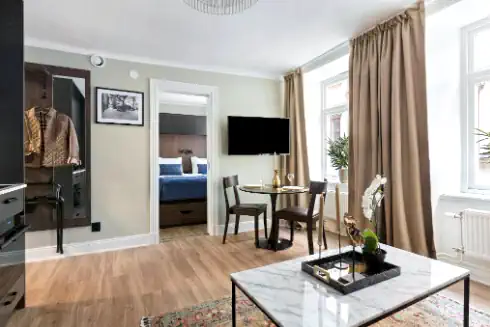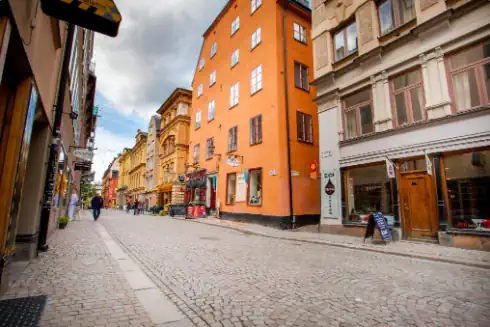An architectural masterpiece and living reminder of Sweden’s royal heritage, the Royal Palace dominates the northern edge of Gamla Stan, Stockholm’s historic Old Town.
This magnificent Baroque structure, one of Europe’s larger palaces, spans an impressive 230 meters long and 125 meters wide, housing over 600 rooms that echo centuries of Swedish royal history.
Historical origins
Originally built on the site of the medieval Tre Kronor Castle, which was destroyed by fire in 1697, the current palace was inaugurated in 1754 during the reign of King Adolf Fredrik and Queen Louisa Ulrika. The renowned architect Nicodemus Tessin the Younger designed the building, drawing inspiration from Roman palace architecture. Furthermore, Tessin’s vision was influenced by his studies in France, Italy, and England, where he was a pupil of Lorenzo Bernini.
Architectural magnificence
The Royal Palace exemplifies high Baroque architectural style, featuring intricate stone facades with a symmetrical design. The building is renowned for its elaborate decorative elements, grand ceremonial halls, and exquisite state rooms. Additionally, these characteristics represent the height of 18th-century design and architecture.
Key attractions
- The Royal Apartments: Guests can tour opulent state rooms furnished with priceless artwork, exquisite tapestries, and royal furnishings from the 18th century.
- The Swedish Crown Jewels are housed in the Treasury. Furthermore, it also features an amazing array of royal regalia, including priceless gems and artifacts from coronations.
- One of the oldest museums in the world, the Armoury features a vast array of ceremonial carriages, historical costumes, and medieval royal weapons.
- The Changing of the Guard: Take in this age-old custom that reflects the monarchy of Sweden’s lasting influence.
Contemporary significance
Although King Carl XVI Gustaf and Queen Silvia currently live mostly at Drottningholm Palace, the official royal residence and a significant historical site is still the Stockholm Royal Palace. In essence, it continues to be a working palace where they conduct state ceremonies, official duties, and royal functions.
Nearby attractions
To make the most of your trip, visit neighboring sites that add historical and cultural significance:
- Gamla Stan (Old Town): Stroll through one of Europe’s most well-preserved medieval city centers.
- Nobel Prize Museum: Dive into the history of the Nobel Prize through interactive exhibitions.
- Storkyrkan (Stockholm Cathedral): Discover this 13th-century church known for its stunning architecture.
- Riddarholmen Church: Visit the burial site of numerous Swedish monarchs.


